Table of content
- Flour: The Backbone of Texture
- Water: The Silent Sculptor
- Salt: The Flavor Enhancer
- Kneading: Developing Gluten
- Resting: The Relaxation Phase
- Rolling: The Pursuit of Thinness
- Chinese Spring Roll Wrappers
- Vietnamese Rice Paper Wrappers
- Indian Popiah Wrappers
- Can I Make Gluten-Free Wrappers?
- What If My Dough Is Too Sticky?
- Storing Homemade Wrappers
Spring rolls, a beloved dish across Asia and beyond, owe much of their delicate charm to the thin, translucent wrappers that encase their flavorful fillings. These wrappers, often taken for granted, are the result of a precise blend of ingredients and techniques that balance tradition with culinary innovation. To understand what constitutes a spring roll wrapper is to embark on a journey through the science of gluten development, the art of dough manipulation, and the cultural nuances that define regional variations. This article delves into the composition of spring roll wrappers, exploring their foundational components, preparation methods, and the subtle tweaks that cater to diverse palates and dietary needs.
The Foundation: Flour, Water, and Salt
At its core, the spring roll wrapper is a testament to simplicity. The primary ingredients—flour, water, and salt—form a triumvirate that, when combined correctly, creates a dough pliable enough to be stretched into paper-thin sheets yet resilient enough to withstand frying or steaming without disintegrating.
Flour: The Backbone of Texture
The choice of flour is pivotal. In most traditional recipes, all-purpose flour reigns supreme. Composed of wheat middlings, all-purpose flour strikes a balance between protein (typically 10-12%) and starch, yielding a dough that is both elastic and manageable. The gluten network formed during kneading provides the wrapper’s characteristic chewiness, while the starch contributes to its crispiness when cooked.
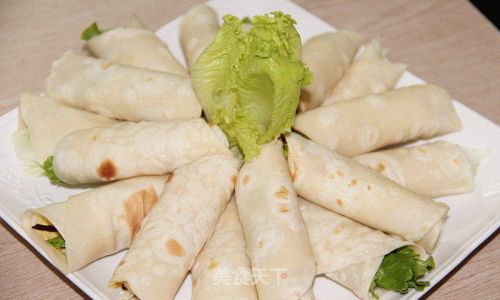
However, regional adaptations abound. In Southeast Asia, rice flour occasionally replaces wheat flour, particularly in gluten-free or lighter variations. Rice flour wrappers, often associated with Vietnamese bánh tráng (rice paper), lack gluten but compensate with a tender, gelatinous texture achieved through a mixture of rice starch, water, and sometimes tapioca flour. These wrappers are sun-dried rather than cooked, resulting in a brittle sheet that softens when moistened.
Tapioca starch, derived from the cassava root, is another star player in specialty wrappers. Its high amylopectin content imparts a glossy finish and a stretchy quality, making it ideal for wrappers intended for deep-frying, as it puffs into airy layers. Similarly, potato starch or cornstarch may be added to reduce gluten development, catering to those seeking a more delicate bite.
Water: The Silent Sculptor
Water serves as the medium through which flour proteins and starches hydrate, initiating the formation of gluten. The quantity and temperature of the water influence dough consistency. Lukewarm water (around 100–110°F or 38–43°C) accelerates gluten formation, while cold water delays it, allowing for greater control during mixing. In humid climates, chefs often reduce the water content to prevent stickiness, whereas arid environments may require slight increases to achieve suppleness.
Salt: The Flavor Enhancer
Though seemingly inconsequential, salt plays a dual role. Beyond seasoning the dough, it strengthens gluten bonds, enhancing elasticity. A typical ratio hovers around 1–2% of the flour’s weight, ensuring the wrapper remains cohesive without becoming overly tough.
The Alchemy of Dough Preparation
Creating the perfect spring roll wrapper is as much about technique as it is about ingredients. The process unfolds in meticulous stages, each critical to the final product’s integrity.
Kneading: Developing Gluten
Kneading aligns wheat proteins into a cohesive network. For wheat-based doughs, 8–10 minutes of vigorous kneading are standard, either by hand or machine. The dough transitions from shaggy to smooth, passing the “windowpane test”—where a thin, translucent membrane forms when stretched—indicating adequate gluten development.
Resting: The Relaxation Phase
Post-kneading, the dough rests for 30 minutes to 2 hours. This allows gluten strands to relax, reducing elasticity and making the dough easier to roll. Enzymatic activity during resting also breaks down complex carbohydrates, slightly sweetening the dough.
Rolling: The Pursuit of Thinness
The hallmark of a superior wrapper is its ethereal thinness, achieved through systematic rolling. Traditional methods employ a long, tapered wooden rolling pin to stretch the dough into a nearly transparent sheet. Modern tools like pasta machines offer precision, adjusting thickness with numbered settings. The goal is uniformity; uneven spots may lead to uneven cooking or tearing.
Regional Adaptations: A World of Wrappers
Spring roll wrappers are not monolithic. From the wheat-laden popiah skins of Malaysia to the rice-based bánh tráng of Vietnam, regional ingredients and techniques yield distinct textures and flavors.
Chinese Spring Roll Wrappers
In China, wrappers are often made with a blend of all-purpose flour and egg, though egg-free versions exist. The dough is rolled into circles, lightly brushed with oil to prevent sticking, and stacked before cooking. Steaming or pan-frying these layers produces pliable sheets ready for filling.
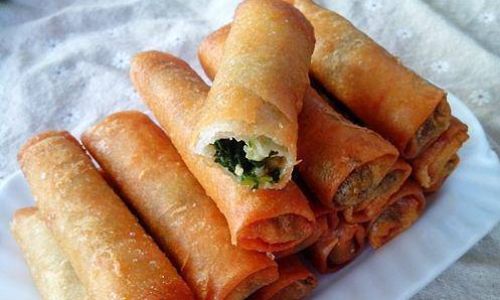
Vietnamese Rice Paper Wrappers
Bánh tráng deviates sharply from its northern counterparts. A slurry of rice flour, water, and salt is spread onto cloth-lined bamboo trays and sun-dried. The result is a crisp, brittle disk that transforms into a malleable sheet when dipped in water. Variations incorporate turmeric for color or sesame seeds for texture.
Indian Popiah Wrappers
Malaysian and Singaporean popiah wrappers sometimes incorporate coconut milk or pandan extract, imbuing subtle sweetness and aroma. The dough, enriched with a touch of fat, yields a softer, more pliable wrapper suited to moist fillings.
Nutritional Considerations
A standard 10-inch wheat-based spring roll wrapper contains approximately 60–80 calories, primarily from carbohydrates (12–15g). Rice-based wrappers offer slightly fewer calories (50–60) but higher simple sugars due to rice starch’s rapid digestion. Gluten-free options, while lower in protein (1–2g per wrapper), often contain added gums (e.g., xanthan) to mimic elasticity.
For health-conscious consumers, alternatives like lettuce cups or collard greens emerge as low-calorie substitutes, though they lack the crispiness of traditional wrappers.
Common Queries and Substitutions
Can I Make Gluten-Free Wrappers?
Yes, using a blend of rice flour, tapioca starch, and potato starch. However, achieving elasticity without gluten requires additives like xanthan gum (1/4 tsp per cup of flour). These wrappers are best suited for fresh rolls, as they may become gummy when fried.
What If My Dough Is Too Sticky?
Dust the work surface and rolling pin liberally with cornstarch or rice flour. Avoid adding excess flour to the dough, as this toughens the wrapper.
Storing Homemade Wrappers
Layer uncooked wrappers between parchment paper, seal in an airtight container, and refrigerate for up to 3 days. Cooked wrappers can be frozen for 2–3 months, though they lose some crispiness upon reheating.
Crafting the Perfect Wrapper: A Step-by-Step Guide
- Mix the Dough: Combine 2 cups all-purpose flour, 1/2 tsp salt, and 3/4 cup lukewarm water. Knead until smooth.
- Rest: Cover and let rest for 1 hour.
- Divide: Portion into 12–15 golf ball-sized pieces.
- Roll: Flatten each piece, dust with cornstarch, and roll into a 7–8 inch circle.
- Cook: Heat a non-stick pan over medium heat. Cook each wrapper for 20–30 seconds per side until speckled with brown spots.
Troubleshooting Tips
- Tearing Wrappers: The dough was under-kneaded or over-rested. Increase kneading time by 2–3 minutes.
- Chewy Texture: Overcooking or high-protein flour. Switch to a lower-gluten flour or reduce cooking time.
- Dry, Crumbly Dough: Insufficient hydration. Add 1 tbsp water at a time until pliable.
Conclusion: The Wrapper’s Enduring Appeal
Spring roll wrappers exemplify the marriage of humility and sophistication. Their unassuming ingredient list belies the skill required to transform flour and water into a culinary canvas. Whether cradling spicy Thai fillings, sweet mango slices, or savory pork mixtures, the wrapper adapts, its character shaped by the cook’s hand and the region’s lore. As diets evolve and chefs experiment, one truth remains: the best spring roll wrapper is one that vanishes, leaving only the symphony of flavors it was meant to frame.
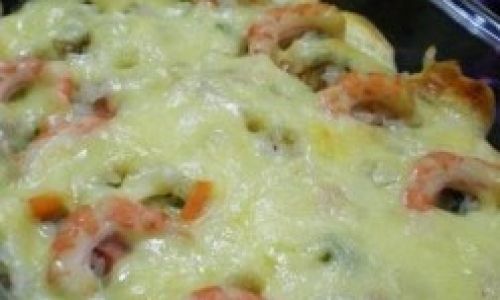
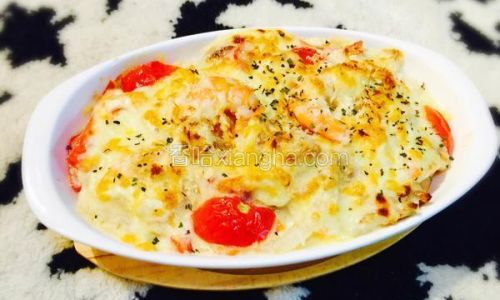
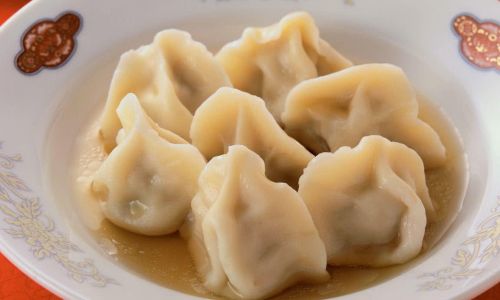
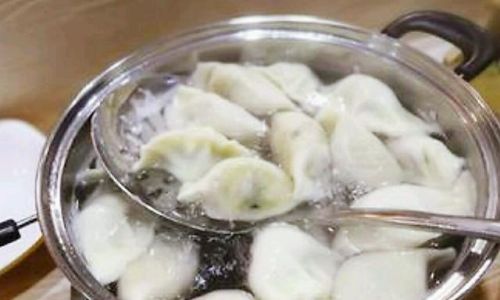
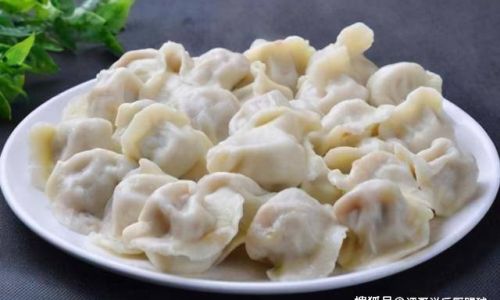
0 comments